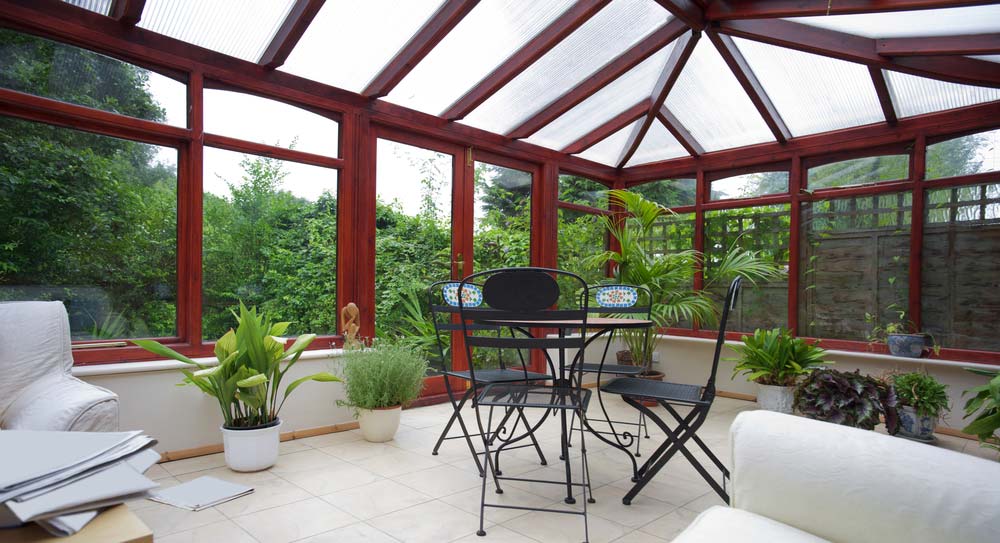If you want to start growing your own plants, fruit or vegetables, a conservatory is the perfect area in your home to do so, as you can be in control of the temperature, unlike, in your garden. If you choose the right plants, you can turn your conservatory into a beautiful walk-in, indoor garden.
It’s important to think about heating when transforming your conservatory into an indoor garden. Decide whether you want to heat your conservatory to maintain day time temperatures (approx. 15-21 degrees Celsius) so that it has a similar climate to the rest of the house, or to keep the conservatory to a minimum temperature of 10 degrees Celsius, or whether not to heat it at all.
Room temperature conservatories
The temperature of your conservatory will affect the type of plants you can grow. If you keep your conservatory at room temperature, you will find it difficult to keep the plants at their prime as the atmosphere will be dry. It is best to opt for palms, aloes and olives if you choose to keep your conservatory heated.

Unheated conservatories
Unheated conservatories are extremely useful for overwintering hardier fruits such as lemons and grapefruits. More exotic plants including brugmansias, tibouchinas, cordylines, clivias, aspidistras, pomegranates, avocados and mandevillas will survive too – especially if you keep them quite dry when it’s colder.
If you choose to not heat your conservatory, it can be useful as a greenhouse in the cooler months of the year. You can raise vegetable plants, half-hardy annuals and the likes of basil.
In the summer months, keep in mind that excessive heat can put great stress on plants. Installing blinds will help to keep out the sun’s rays, which means there will be less demand to constantly water your plants.
What you grow depends on your conservatory temperature…
Oranges, lemons, calamondins, kumquats, clementines and grapefruits will grow beautifully in a conservatory with a minimum temperature of 4°C, if kept in a light position and fed regularly with citrus fertiliser.
Fruits you can grow indoors:
- Peaches and nectarines
- Apricots
- Mulberry
- Cape gooseberries
- Dwarf pomegranate
- Figs
- Grapes
- Strawberries
Vegetables you can grow indoors:
- Tomatoes, peppers and eggplants
- Carrots and radishes
- Potatoes
- Mushrooms
- Beans and peas